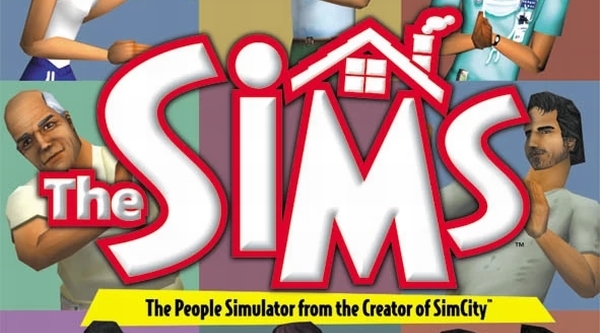
The latest VGC Essay looks at The Secret of Monkey Island and the many inspirations developers plundered from to make it. Here’s a teaser…
Game publishers have been concerned with digital pirates illegally copying their games since the very beginning of the medium. Some have even gone so far as to include booby traps in their code for these would-be thieves. But when it comes to depicting actual pirates, gamemakers (along with major Hollywood players and one of the most celebrated fantasy authors of the last few decades) are content to pillage, plunder, and steal all the best ideas from each other.
It all began in 1967 when Walt Disney himself oversaw the construction of the Pirates of the Caribbean attraction at Disneyland. Over the years, the ride would go on to be recreated at Disney World, Tokyo Disneyland, and Disneyland Park in Paris. Borrowing a bit from Treasure Island, the ride’s exciting ship-to-ship battle, raid on a coastal outpost, group of prisoners trying to bribe a dog for a key, and the frothy ditty “Yo Ho (A Pirate’s Life For Me)” created the quintessential image of a pirate that was shared by kids the world over.
Tim Powers was not one of these kids. Already a teenager by the late 60s, Powers rose to prominence as one of the earliest authors of steampunk (and he, along with K.W. Jeter and James Blaylock, helped coin the phrase). In 1987, he published one of his most famous novels, On Stranger Tides. The novel tells the tale of John Chandagnac, an inexperienced youth who becomes the debonair pirate “Jack Shandy” and rescues the girl after he has a run-in with several undead buccaneers.
A few years later, Lucasfilms Games’s Ron Gilbert took his experiences with the ride and mixed them with the magical seascapes of On Stranger Tides to create The Secret of Monkey Island, a point-and-click adventure game first published in 1990. The Secret of Monkey Island starred Guybrush Threepwood, an inexperienced youth with floppy hair who battled his own pirate nemesis, the undead LeChuck, in an attempt to rescue the girl. Most people would chalk these coincidences up to happenstance or cliche, but not Ron Gilbert. He’s the first to tell to you that what he did was out-and-out piracy. Or, in his words, “We in the business call it ‘stealing’.”
Continue Reading the Full Essay →
 When it first began, the Internet Archive collected millions of webpages in an effort to create an historical map charting the growth of the World Wide Web.
When it first began, the Internet Archive collected millions of webpages in an effort to create an historical map charting the growth of the World Wide Web.










